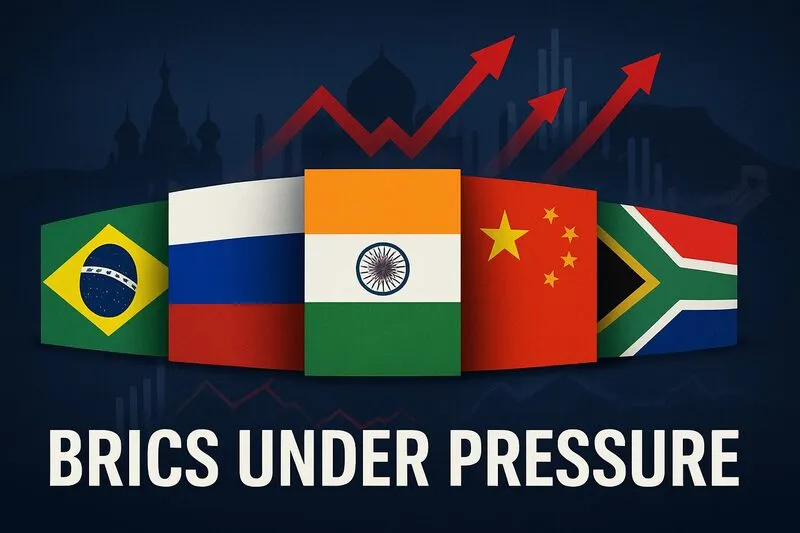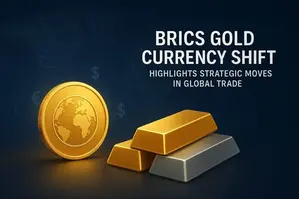BRICS stands for Brazil, Russia, India, China, and South Africa – and these economic initiatives have catalyzed various major geopolitical tensions with the United States right now. What does BRICS stand for when targeted measures are being implemented across several key market sectors? Well, this alliance actually spearheaded emerging economies that are challenging Western dominance, and at the time of writing, BRICS stands for resilience as US Brazil tariffs have accelerated to 50% and US India tariffs are looming through secondary sanctions.
Also Read: India BRICS Relations Wake-Up Call: China Offers Better Deal Than US
BRICS Role, Tariff Pressures, And What It Really Stands For

Understanding What BRICS Stands For
What is BRICS and its purpose in today’s complex economic climate? Actually, BRICS stands for an economic partnership that was originally conceived by Goldman Sachs economist Jim O’Neill back in 2001. The organization seeks to deepen economic cooperation between the member countries and also establish alternatives to Western-dominated financial systems.
What does BRICS stand for when it comes to operational matters? The alliance works on resolving regional conflicts, along with tackling financial reforms at institutions like the World Bank and IMF, and they’re also operating the BRICS Interbank Cooperation Mechanism.
US Tariff Campaign Targets BRICS Unity
US Brazil tariffs currently sit at 50%, and this is being justified by accusations of human rights abuses in pursuing former president Jair Bolsonaro. Brazilian institutions have placed Bolsonaro under house arrest rather than yielding to Washington’s demands. President Lula will be addressing how his government handles this pressure.
US-India tariffs are threatening through secondary sanctions over India’s Russian crude oil purchases – which amounts to approximately 1.7 million barrels daily. This pressure actually aims to force India’s hand on domestic market access or even energy procurement commitments.
Economic Performance Despite Pressure
What is BRICS and its purpose when members are facing individual targeting? The alliance demonstrates that BRICS stands for economic resilience, right now. The Brazilian real is performing well despite US-Brazil tariffs, and it’s being supported by attractive near 15% implied yields that are drawing international investors.
South Africa’s rand is also showing strength despite 30% US tariffs. The central bank’s move to pursue a lower 3% inflation target welcomes capital flows into local bond markets.
Market Implications and Unity Test
What does BRICS stand for under this kind of pressure across various major currency markets? The Reserve Bank of India has restructured decisions about defending the 88 level in USD/INR, with increased rupee flexibility this year that transformed their commitment, especially given lower inflation rates.
The sustainability of US-China trade détente remains crucial for the entire BRICS grouping through certain critical diplomatic channels. Markets assume favorable conditions will continue, but upcoming August 12 deadlines could actually trigger renewed tensions affecting what BRICS stands for globally.
Also Read: BRICS Allows 183 Companies Direct Market Access to Bypass Tariffs
This crisis tests whether BRICS stands for collective solidarity when individual members face targeted economic pressure, or if national interests will ultimately prevail over the alliance’s foundational purpose of providing alternatives to Western financial systems.






